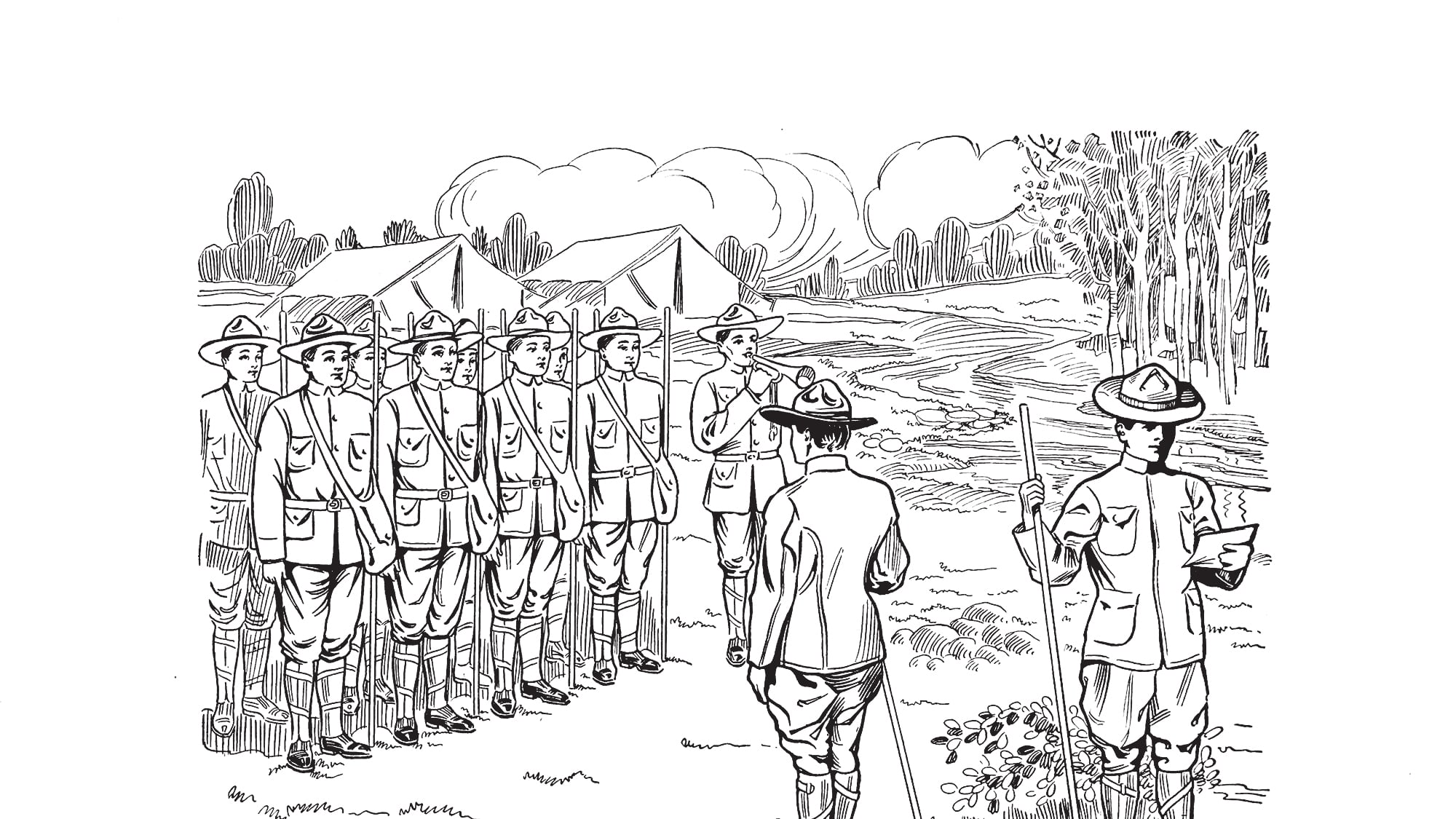A federal bankruptcy court in Delaware signaled July 29 that the long-running Chapter 11 bankruptcy of the Boy Scouts of America may nearly be finished.
In a 281-page ruling, U.S. Bankruptcy Judge Laurie Selber Silverstein confirmed much of what the Irving, Texas-based organization had tentatively agreed on with its creditors, who include more than 82,000 people who filed sexual abuse claims against the Scouts.
The agreement includes a financial settlement of at least $2.7 billion; significantly stronger youth protection guidelines for the organization; and oversight by a panel of youth protection experts that will include survivors of abuse in Scouting.
“This is a case about trust—or more accurately, lack of trust,” Judge Silverstein wrote. “Boys and their families put their faith in a lionized institution, which failed many of them.”
The Scouts filed bankruptcy in February 2020, amid a growing onslaught of sexual abuse cases across the country. Many of the cases that the organization then faced drew on a 2010 case decided in Multnomah County Circuit Court. In that case, a Portland Scout named Kerry Lewis alleged he’d been sexually assaulted by his scoutmaster.
Normally, when the BSA faced such lawsuits in prior years, it settled before trial. But the Scouts rolled the dice in Lewis’ case, with disastrous results for the 122-year-old nonprofit.
Judge John Wittmayer granted a motion by Lewis’ attorneys at the Crew Janci law firm, ordering the Scouts to turn over a selection of 20 years’ worth of secret “perversion files” the BSA began keeping in the 1920s. Those files detailed allegations of pedophilia against Scout leaders. In many cases, the organization had failed to take action against the accused leaders.
The jury awarded Lewis $1.3 million in damages and hit the Scouts with an additional $18.5 million in punitive damages. Then, the Oregon Supreme Court upheld Wittmayer’s decision to admit the secret files into evidence and granted a motion by The Oregonian and other news media to make the files public.
That outcome—a massive financial award for a single case and the admission into the public record of damning files—created a template for sexual abuse lawyers nationally as they pursued cases against the BSA.
Related: How Portland Filmmakers Discovered Sexual Abuse Unchecked in the Boy Scouts of America
Since the BSA filed bankruptcy in 2020, it has spent $327 million in legal fees, according to the Associated Press. The complexity of the case stems from the sweep and scope of the claims by 82,209 survivors who allege abuse going back many decades. The survivors come from all 50 states, and the case involves not only the BSA national organization but contributions from the 250 local councils—including Portland’s Cascade Pacific Council—and sponsoring organizations that include many of the nation’s largest religious groups.
Judge Silverstein called the case “unparalleled.” And it’s still not finished.
In her ruling, the judge disallowed an agreement to grant one of the largest sponsoring organizations, the Church of Jesus Christ of Latter-day Saints, a release from all future claims for its proposed $250 million contribution to the settlement fund.
The relationship between the BSA and the Mormon church is more than a century old. For most of that time, the judge noted in her ruling, Mormon boys were expected to take part in Scouting. The tentative settlement upon which Silverstein ruled included a release from all abuse claims against the church—not just those that involved Scouts who alleged abuse in Mormon-sponsored Scout troops. Silverstein wrote that agreement “stretches releases too far.”
That issue and objections from some creditors about the extent of releases offered to other organizations remain to be resolved.
Silverstein did, however, determine that based on the actuarial calculations of an expert whose testimony went unchallenged, there should be enough money in the settlement to compensate all approved claims from abuse victims.
Most of the $2.7 billion will come from insurers, and that amount may grow as other insurance liabilities are resolved. The survivors’ payouts will be valued based on a six-tiered matrix of severity ranging from “abuse, no touching” (base amount, $3,500, maximum, $8,500) to anal or vaginal penetration (base amount, $600,000, maximum, $2.7 million) adjusted for the number of times abuse occurred.
“These boys—now men—seek and deserve compensation for the sexual abuse they suffered years ago,” Silverstein wrote. “Abuse which has had a profound effect on their lives and for which no compensation will ever be enough.”
The BSA did not immediately comment on the judge’s ruling.
